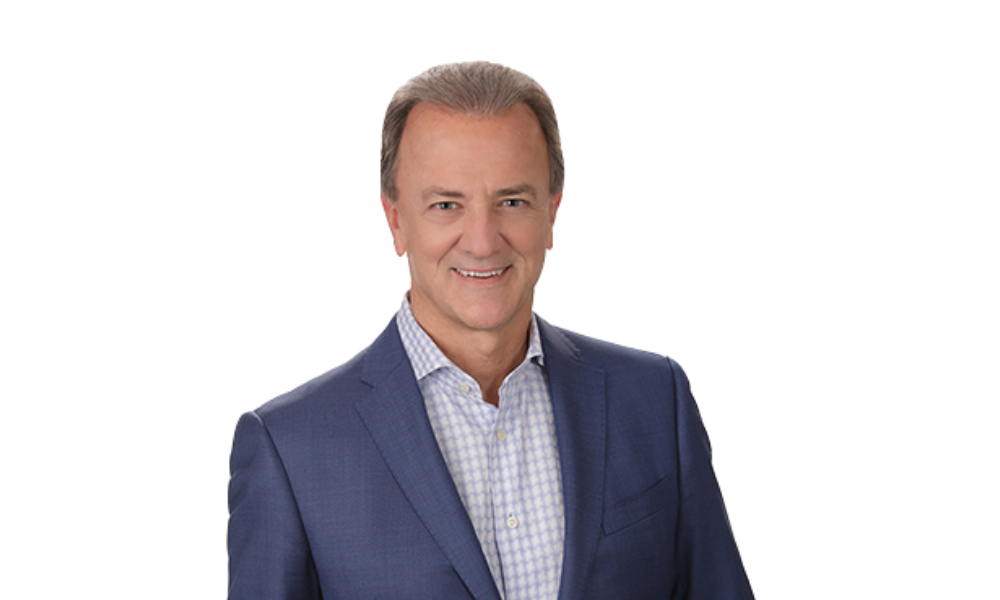CEO explains why his equity-focused firm is moving into a fixed income strategy with a covered call overlay

Last week Harvest ETFs launched their latest product, the Harvest Premium Yield Treasury ETF (HPYT). Up to that point, Harvest’s product lineup had been exclusively equity strategies—with the majority called ‘equity income’ combining stocks with a covered call overlay to generate income yields. With HPYT the firm is moving into fixed income, but with a covered call overlay. The strategy reflects a number of successful US-based products, but HPYT is one of the first such products launched in Canada. The ETF holds a portfolio of 5 US treasury bond ETFs and comes with a whopping yield target of approximately 15%.
Michael Kovacs, President & CEO of Harvest ETFs, explained that the ETF can deliver that yield because his team will be writing covered call options on up to 100% of its holdings. He believes that as advisors start looking at the bond market and the new ‘higher for longer’ interest rate environment we’re in, a pure-play income strategy could be advantageous.
“When advisors look at this, they should see no increase in credit risk, because these are the same securities backed by the US government, but with triple the yield,” Kovacs says. “By writing the options, we’re not trying to create a capital gain product. If there are gains, they’ll be small and down the road. The idea here is really to generate high yield.”
The covered call option strategy Harvest uses to generate that yield involves trading off some degree of upside potential for options premiums. HPYT’s managers are able to write calls on as much as 100% of the portfolio, though at launch Kovacs says the write levels are around 75%. Options premiums are higher when volatility spikes and amidst one of the most aggressive rate increase cycles in recent history, options volatility remains somewhat elevated, resulting in higher premiums for the ETF.
Executing on that options strategy is somewhat simpler because HPYT holds a portfolio of longer-duration bond ETFs. Those ETFs are all US-listed, and HPYT’s largest holding—the iShares 20+ Year Treasury Bond ETF (TLT)—has close to $40 billion in assets. Other holdings sit around the $10 billion AUM mark. Kovacs explains that ETFs of that scale tend to offer deep enough options markets to execute on a covered call strategy.
The underlying yield of the treasury bond ETFs held by HPYT sits around 4.5% at the time of launch. That means between 10 and 11% of the ETF’s total yield will come from options premiums. Kovacs noted that options premiums are taxed as capital gains. Where many advisors might see a 15% yield as a potential tax risk for their clients, the majority of that yield is more tax efficient.
Harvest ETFs VP of National Sales, David Wysocki, is positioning his new ETF to advisors in the context of tax-loss selling. He argues that much of their clients fixed income allocations will have lost significant value over the past 18 months due to rate increases. Moreover, he shares the view that interest rates will stay ‘higher for longer’ and therefore a meaningful recovery in the asset value of that fixed income might not be forthcoming anytime soon.
“If you believe that interest rates are going to be higher for longer, why not get paid your 15% and wait for rates to start ticking down,” Wysocki says, “then you can make your tactical move into a non-covered call allocation.”
Shifting into fixed income represents something of a departure for Harvest ETFs, which has tended to focus almost exclusively on equities. Their other covered call strategies hold large-cap stocks, and keep a 33% write limit on options. Kovacs believes this foray into fixed income represents a logical step for the fund provider, and a shift in their options strategy reflects a different goal for this ETF.
“Our equity portfolios are positioned for growth,” Kovacs says. “So we want to make sure we have an overall long bias, hence a 33% write limit. With HPYT we can write up to 100%, and that’s because the objective of this ETF is to own high quality securities and generate a high yield. We don’t have that growth bias that we would on an equity portfolio. This is just about fixed income generating a high monthly yield.”



